Asbestos-containing materials (ACMs) were commonly used in Australian buildings until the 1980s. However, it was later found to pose serious health risks when exposed or disturbed. Although asbestos has been banned since 31 December 2003, it may still exist in many buildings constructed before this period.
While in good condition, bonded asbestos poses minimal risk. However, exposure becomes dangerous when this material has been disturbed, particularly during renovations, emergency repairs, or extreme weather events such as floods, storms, or hail.
Owners corporations and body corporates must understand their responsibilities under Work Health and Safety (WHS) laws and follow a risk management process when dealing with asbestos risks to avoid severe penalties and fines. To help schemes navigate these duties and obligations, this article provides a step-by-step guide on identifying, assessing, controlling, and monitoring asbestos hazards and applying the hierarchy of controls when handling asbestos.
Owners corporations and body corporates are primary duty holders with key responsibilities in managing risks associated with asbestos and ACM found on the property.
Fulfilling these obligations is especially important if your owners corporation or body corporate is classified as a person conducting business or undertaking (PCBU). This is typically the case if a worker or contractor is employed to do repair and maintenance work on common property within mixed-use residential and commercial property. In this scenario, the common property is deemed a ‘workplace’, which requires the owners corporation or body corporate to establish a work health and safety risk management system that aligns with regulatory standards. Failure to meet WHS obligations can result in legal liability and severe financial penalties.
Failing to comply with health and safety duties regarding asbestos management can lead to substantial penalties for duty holders. This can range from fines of up to $73,094 (category three offence) for an individual to over $10 million (category one offence) for an owners corporation or body corporate. Furthermore, penalties include a possible ten years imprisonment for individuals.
Individual duties relating to asbestos would incur different penalty rates. It is best practice to refer to your state’s legislation.
Asbestos becomes dangerous when its fibres are released into the air and inhaled. Long-term exposure can cause serious diseases such as asbestosis, mesothelioma, and lung cancer.
The initial step in managing these risks is determining whether asbestos is present on the property and understanding if it has been disturbed or exposed. However, this can be tricky to detect without proper qualifications and training. The owners corporation or body corporate should assume that asbestos is present unless there are reasonable grounds to think otherwise.
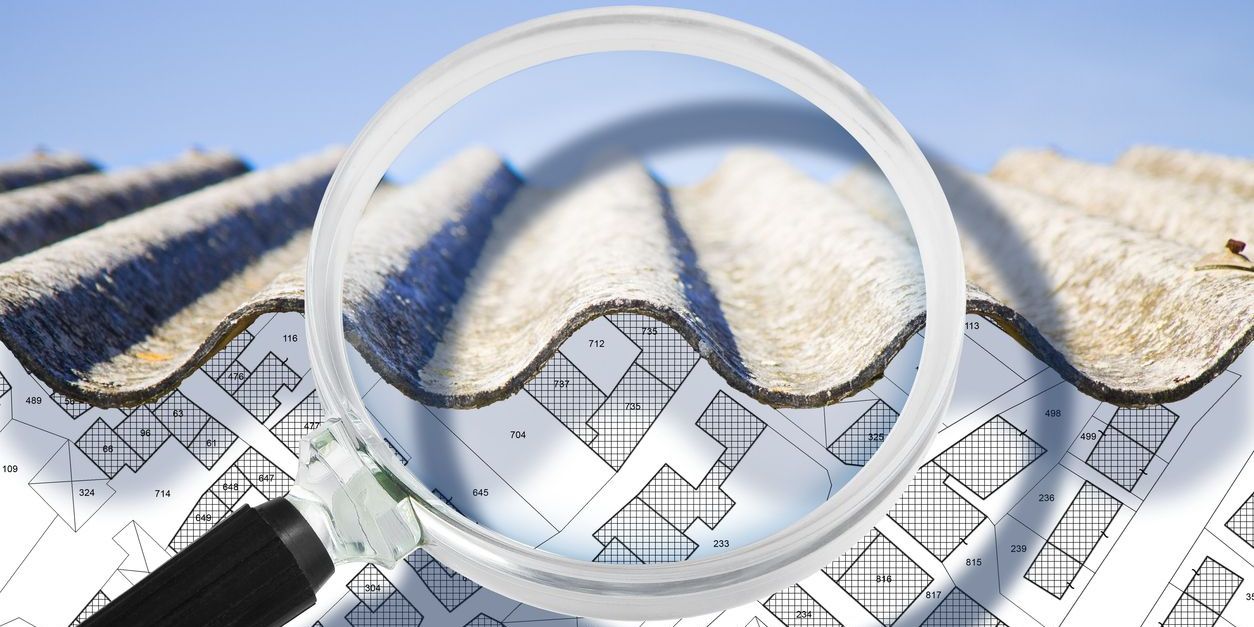
Discovering asbestos-containing materials during renovations, upgrades, or inspections (i.e. eaves, ceilings, old fire doors).
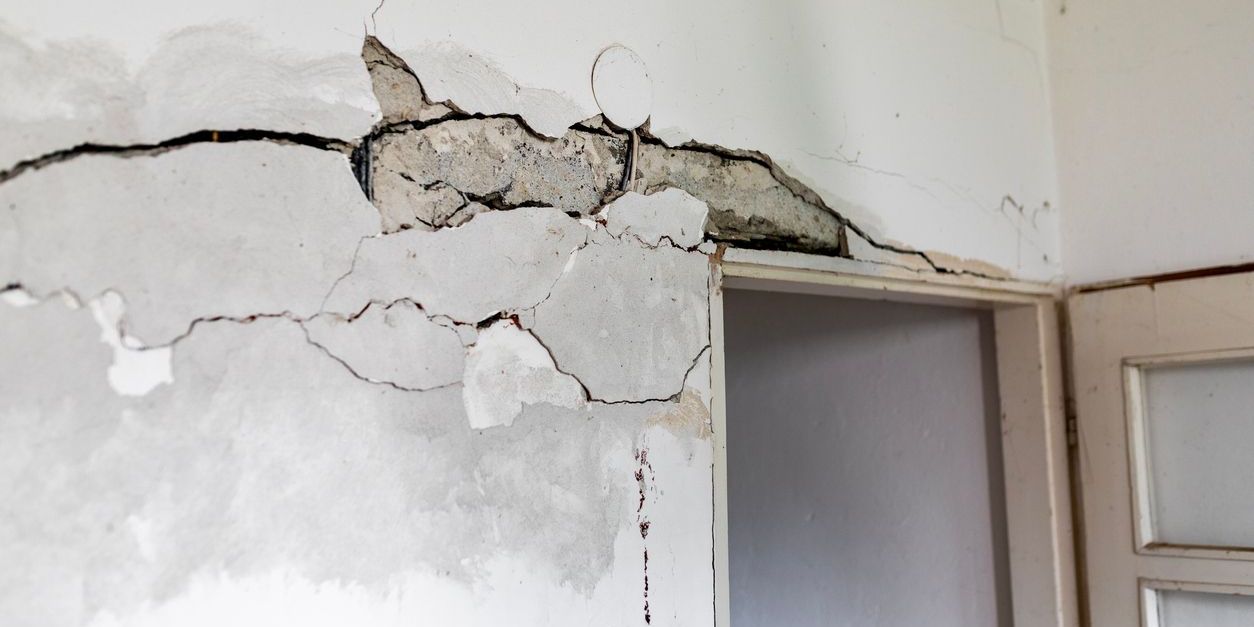
Structural damage caused by storms or hail can potentially expose asbestos materials.
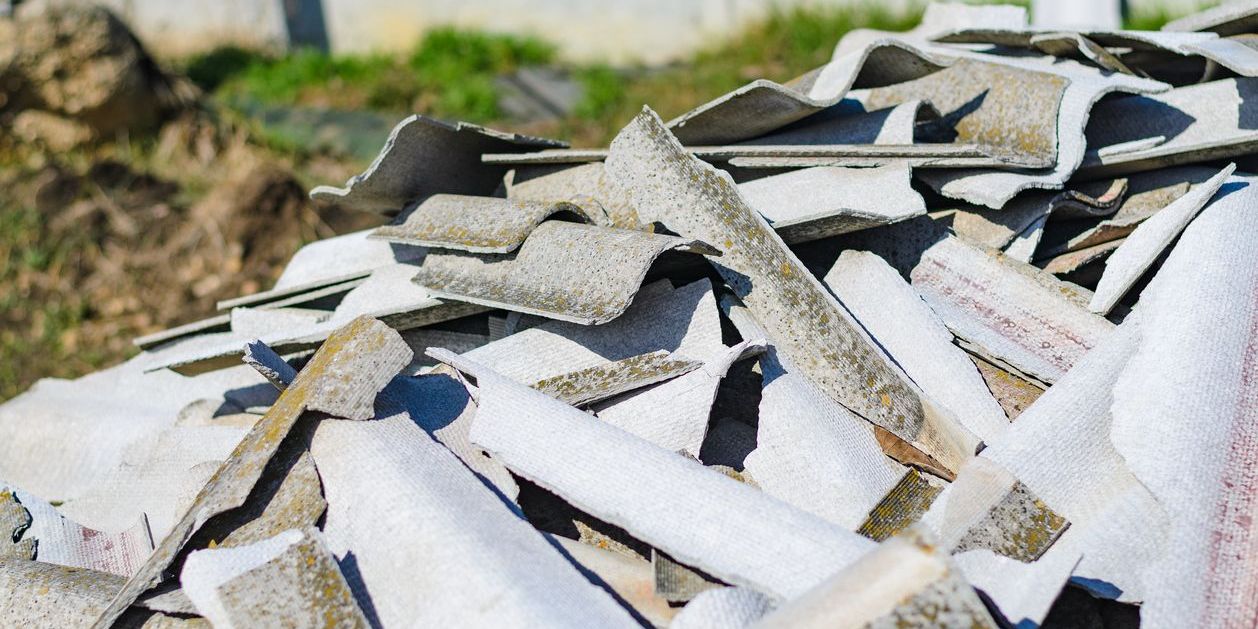
Floodwaters can carry through asbestos-containing debris, leading to the spread of contamination.
Any material suspected of containing asbestos should be treated with caution and tested by a professional equipped with the necessary training in handling and sampling asbestos.
For this step, it is best practice to engage an assessor who is licensed and accredited by the National Association of Testing Authorities (NATA).
Once asbestos hazards are identified, the next step is to evaluate and prioritise the situation based on the severity and likelihood of the risks.
Using the risk assessment matrix in your Community Health & Safety guide, will help identify the likelihood of an incident that may cause harm. Then, select the possible severity level based on the consequences that could result from the risk or hazard. The result from this table will generate a risk score, which may assist in showing how soon the hazard needs to be addressed. Please refer to the risk matrix sheet below for more detailed information on prioritising and action incidents.
With a general understanding of the hazard, owners corporations and body corporates should seek licensed asbestos assessors for a more detailed risk assessment.
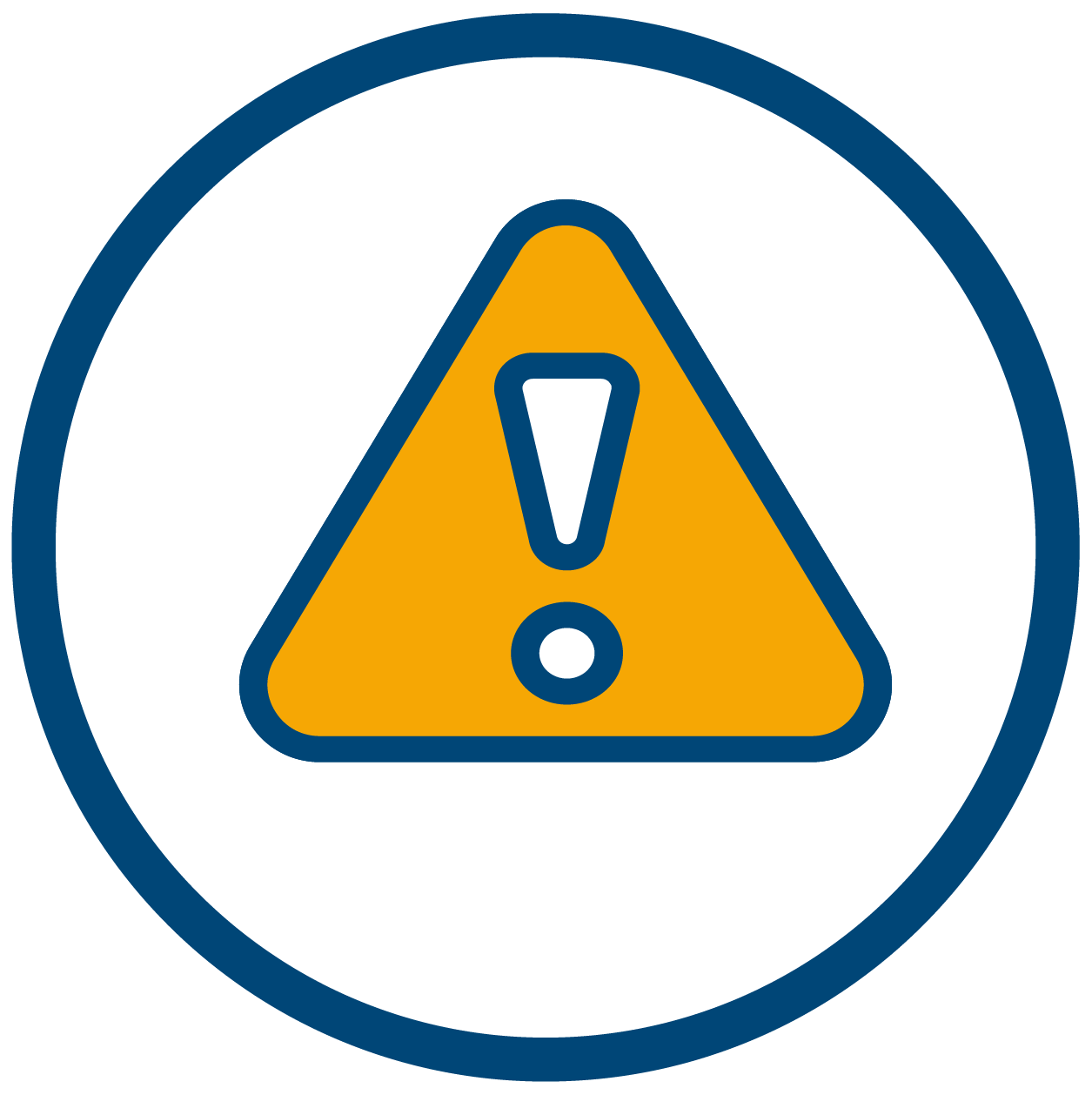
Understand the source of the risk or hazard and the harm it could cause others.

Gauge the frequency and exposure of the risk or hazard and its potential impact on others.

Determine the degree of harm that might arise from the hazards or risks and whether it would lead to severe consequences such as death, serious injuries or illness or would cause only minor injuries necessitating first aid.

Evaluate the availability and appropriateness of methods to eliminate or minimise the risk.
Furthermore, the type of material that binds asbestos fibres will influence the potential for airborne asbestos to be released into the air. If the asbestos or ACM has been discovered, deteriorated, or disturbed, the likelihood of airborne asbestos being released into the air increases, causing more risk to health and safety. Below is a summary of materials from highest to lowest likelihood of airborne fibres:
The most effective way to control asbestos risks is through elimination, which completely removes the source of the hazard. Some measures can include:
Once risks have been assessed, the owners corporation or body corporate should implement safety measures following the hierarchy of controls:

First, all work in the area thought to be affected must stop. This keeps people safe and prevents them from breathing in harmful asbestos

Once all work has stopped, the next step is to remove the asbestos hazard through a licensed and authorised removalist with adequate training and experience. CommunitySelect offers a range of services with various skilled professionals available to cater to an owners corporation or body corporates needs.
The model WHS Regulations outline three distinct licenses, which include:
• Class A removalist: Holders of this license are permitted to remove all forms of asbestos.
• Class B removalist: Those with this license are only authorised to remove non-friable asbestos.
• Licensed asbestos assessor: License holders are capable of conducting air monitoring, clearance inspections and issuing clearance certificates for Class A removalist work.
When it’s not feasible to eliminate the source of friable ACMs, restricting the spread or exposure of the hazard can help reduce risks. Some measures can include:

Make sure people can't walk into the asbestos area. You can do this by closing doors, tape off entrances, and display warning signs that follow the Australian Standard AS 1319-1994 rules.

Close the areas and turn off air-conditioning or heating systems to prevent the asbestos fibres from spreading.
Administrative controls are strategies for implementing rules and procedures to manage asbestos exposure and help minimise the risk to others on the property. Some measures can include:

Let residents, tenants, and visitors know what to do if they think asbestos is present. Giving people information is a practical and essential safety step.

Show where asbestos is located on-site plans and use a permit-to-work system. This way, workers will know about the hazard before they enter the site to help prevent accidental asbestos exposure.
Alongside other safety measures, giving workers the proper safety equipment or PPE can add an extra layer of protection against asbestos. Some measures can include:

Make sure workers have the proper PPE. This can include breathing equipment, cartridge respirators (a type of mask), disposable overalls, gloves, and eye protection.

Regularly check, clean, and look after the PPE. It should be inspected before and after use to ensure that it isn't damaged.
Risk management should be a continuous process. Committees should document and regularly review hazards and incidents to help identify recurring issues, ensure adequate control measures, and develop proactive strategies to mitigate future risks.
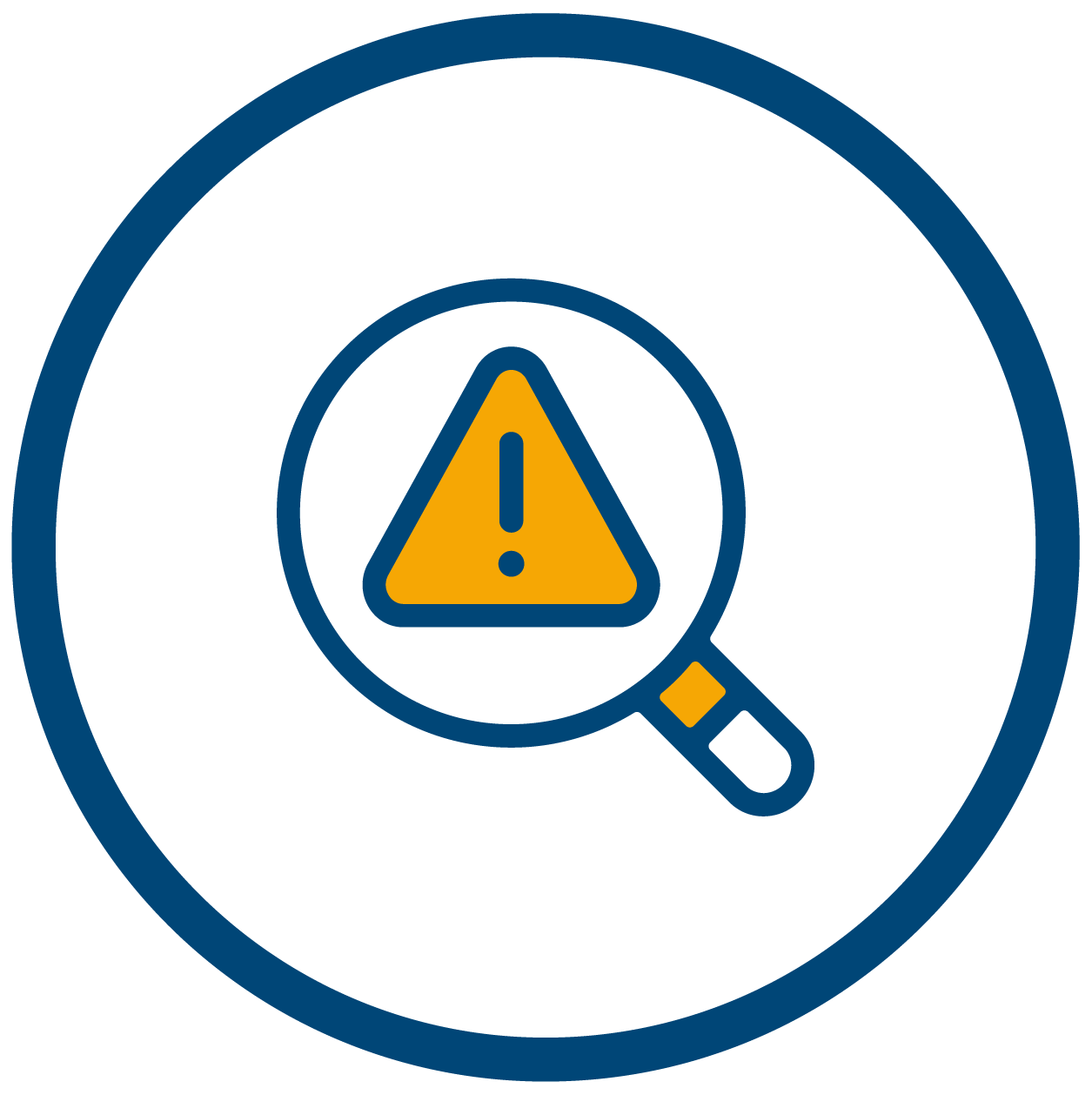
Carry out regular inspections for asbestos to see if any asbestos fibres are present, particularly after extreme weather damage and renovation work.

After any incident involving asbestos, review and update the asbestos register and management plan as necessary.

After removing any asbestos, have a licensed assessor issue a post-removal clearance certificate.

Make sure any asbestos waste is eliminated in a way that follows the state’s EPA regulations.
All buildings constructed before 31 December 2003 should source and maintain an asbestos register and an asbestos management plan from a licensed consultant with relevant training, study or experience in dealing with asbestos.
An asbestos management plan outlines how the hazard is identified and managed. This should include:
The owners corporation or body corporate is responsible for reviewing and revising the asbestos management plan to ensure that it remains effective and suitable for managing and controlling asbestos-related risks. This approach is key to maintaining all workers’ and visitors’ safety and health. Reviews should also be carried when:
This register is a record of any asbestos suspected or discovered. Each building should have one prepared and kept on the premises to be readily available to all workers, owners, tenants and other stakeholders. These records should include:
Or, if someone is sure that:
The owners corporation or body corporate is also responsible for reviewing and updating the asbestos register when contamination has been suspected or discovered. It is important to keep the building safe by providing up-to-date information about where asbestos is and its condition. This should be carried out when:
Licensed asbestos assessors can also perform several other tasks, including identifying asbestos, conducting a risk assessment or reviewing an asbestos register.
More information on these tasks can be found in Safe Work Australia’s Code of Practice: How to manage and control asbestos in the workplace.
The following emergency procedure has been developed for Community Health & Safety customers and applies when accidental damage or new asbestos-containing materials are discovered. It may also be applied if a storm or hail has damaged bonded asbestos material, gutters, downpipes, etc.
Please refer to Safe Work Code of Practice: How to Safely Remove Asbestos for detailed information regarding safe Asbestos removal.

Committees should stop all work activities, restrict access to the area, and implement any other controls as reasonably practicable.

As a first step, any residents or owners should notify the committee or strata manager by phone as soon as possible when asbestos is suspected.
- Community Health & Safety (office hours): 02 8216 0389 | healthsafety@communitye.com.au
- Community After Hours team (24/7): 1300 889 227
- Alternatively, you can also report the hazard as a high-risk incident using our online form.

The committee or strata manager will notify licensed asbestos removalists to arrange risk assessment and advise appropriate control strategies.

A licensed asbestos removalist will attend the site, obtain the workplace's asbestos register, prepare an asbestos removal control plan, and notify the regulator before any work is done. Please note: An asbestos removal supervisor should complete this with appropriate PPE and proper waste disposal processes in place.

An independent licensed asbestos assessor should conduct asbestos fibre air monitoring adjacent to the contaminated work area to ensure that dust levels do not exceed acceptable exposure levels.

The committee should reach out to the strata manager, and the asbestos removalist will review the asbestos management plan procedures and controls to ensure they are being followed properly.

The committee should contact the strata manager to archive all relevant documents and update the asbestos register.

The committee should inform all residents and owners of the incident and any new measures or changes introduced to the asbestos management plan and register.
Proper asbestos management is essential for health, safety, and legal compliance for owners corporations and body corporates.
Following the risk management process and hierarchy of controls helps demonstrate that asbestos hazards are reasonably managed following required WHS regulations. Furthermore, regular monitoring and review of asbestos management strategies will enhance safety and compliance with Australian WHS laws.
By implementing these asbestos management strategies, owners corporations, and body corporates can maintain a safer and more comfortable environment for all residents, visitors, and workers while fulfilling their WHS obligations.
Each state may have specific legislation and regulations concerning health and safety duties in owner corporations and body corporates. To help navigate these regulations, Safe Work Australia, a national policy body, offers a range of resources and tools to help committees manage hazards and risks. For the latest general WHS updates, guidance, and recommendations, please visit the official Safe Work website at safeworkaustralia.gov.au.


Whether you would like to report a current hazard or flag a near-miss incident, please use this report form to help manage health and safety risks on your common property.


Get an updated committee report of hazards, incidents, and work orders to help track and manage risks on common property.
Contact your strata, body corporate, or owners corporation manager for an up-to-date copy today.


Get an annual site inspection walkthrough of your common property to help spot new hazards and risks that arise over time. Contact your strata, body corporate, or owners corporation manager to organise an annual safety report for your property at a fee.